The 12 Economic Regions of Russia
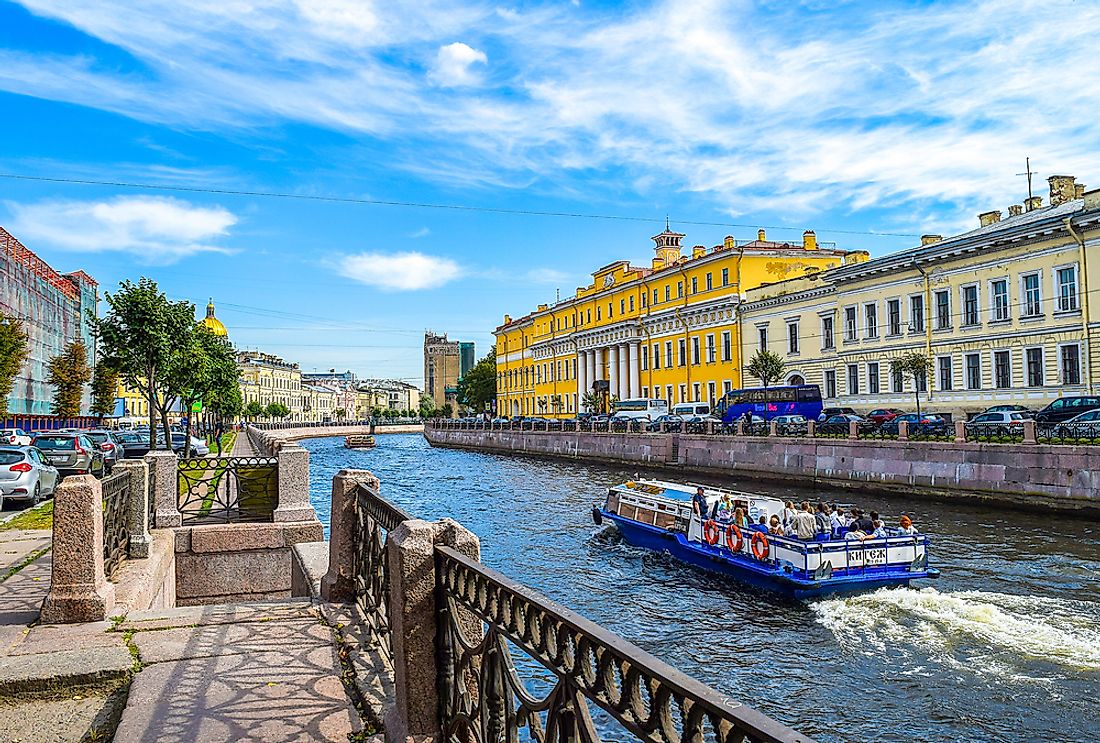
12. Central
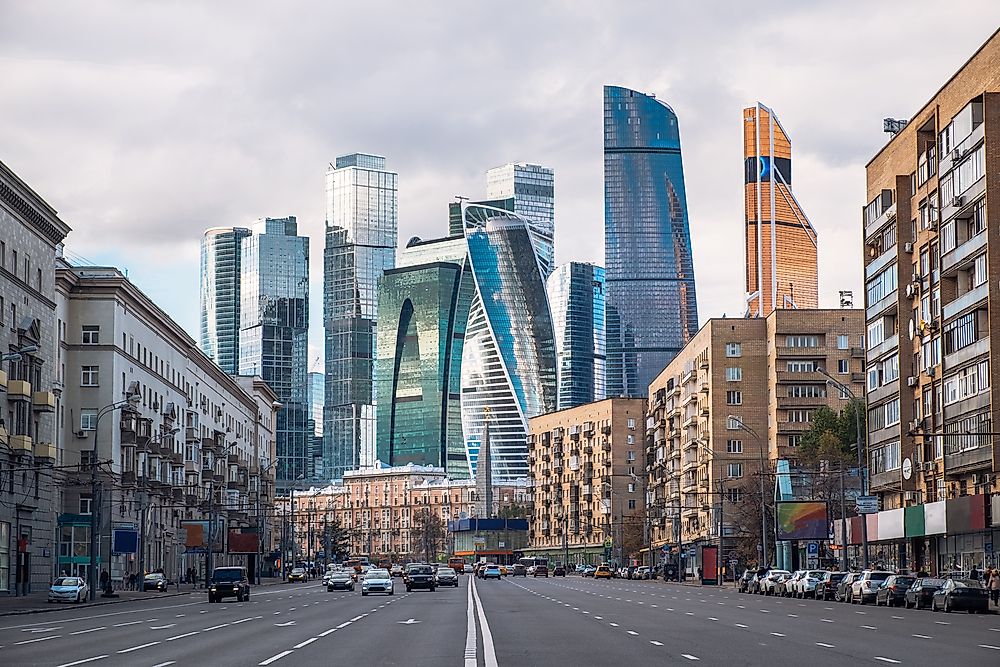
The central economic region is located in the central European part of Russia. The region consists of cities such as Moscow, Orel, Tula, Vladimir, and Kaluga among others. It covers an area of 484,000 km2 and has a population of 30.5 million people. The region has minerals such as brown coals, phosphorites, and iron core which can be found in Moscow Coal Basin, Moscow Oblast, and Tula Oblast respectively. It has a robust economy which is mainly driven by the textiles industry, chemical industries, and machine building. Other industries include food and wood processing, cement industries, and pottery industries. The central economic region’s electricity is derived from power plants which are fueled by coal from Moscow.
11. Central Black Earth
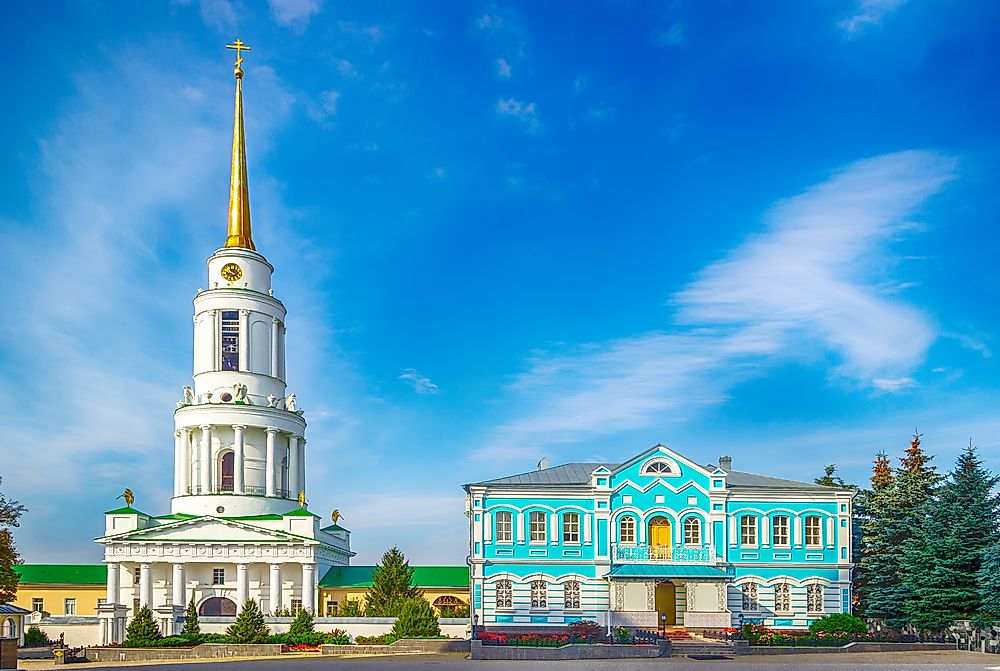
The Central Black Earth region covers Lipetsk, Oryol, Tambov, Belgorod, and Kursk in Russia. It derives its name from the black type of soil which exists in the region. This soil type has high mineral and humus content. Subsequently, the main economic activity in the Central Black Earth region is agriculture. The harvest season is normally July-October depending on the type of crop being harvested. The region uses seasonal classes of crops to encourage crop rotation and maximize capacity utilization. There are over 900 rivers and streams in the Kursk Oblast area which provides abundant water for farming. Besides this region being predominantly agricultural, there are also rich lime deposits in Belgorod and an industrial and cultural center in Tambov.
10. East Siberian
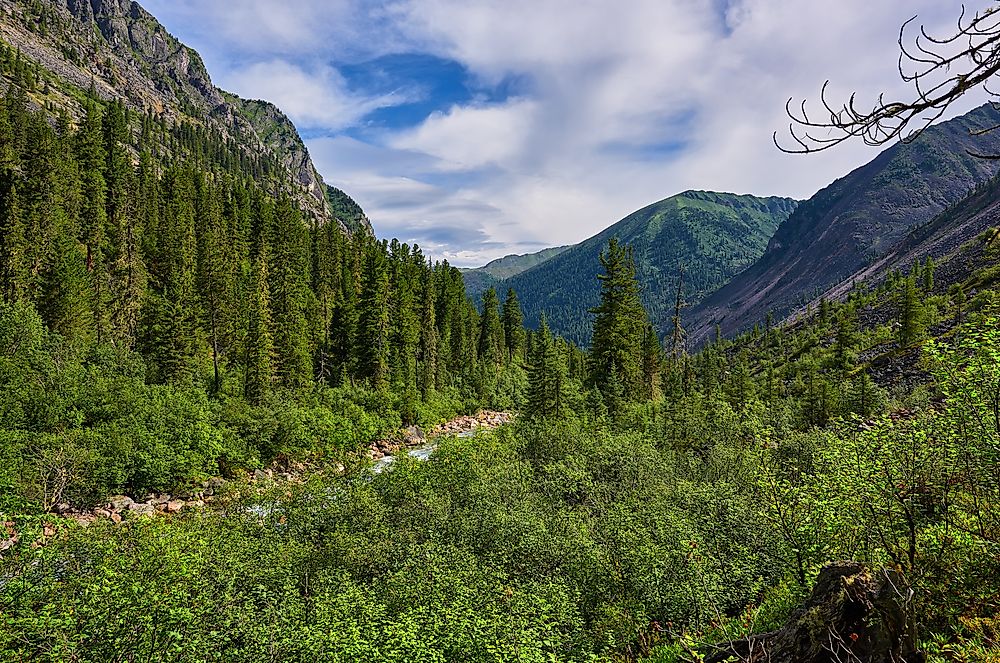
East Siberia Region is made up of Buryatia, Zabaykalsky Krai, Tuva, and Irkutsk Oblast which cover 987,000 km2 of land. It is characterized by scarce fauna, flora, and human population. The region also has a severe climate as it is frozen most of the year. In spite of the harsh conditions, the East Siberia is rich in uranium, tin, fur, gold, coal, diamonds, timber, copper, and deposits of petroleum. In fact, the region has the largest diamond mine, the world’s longest oil pipeline, and the second longest railway tunnel. However, the East Siberia region is currently facing the challenge of depopulation and underinvestment in infrastructure.
9. Far Eastern
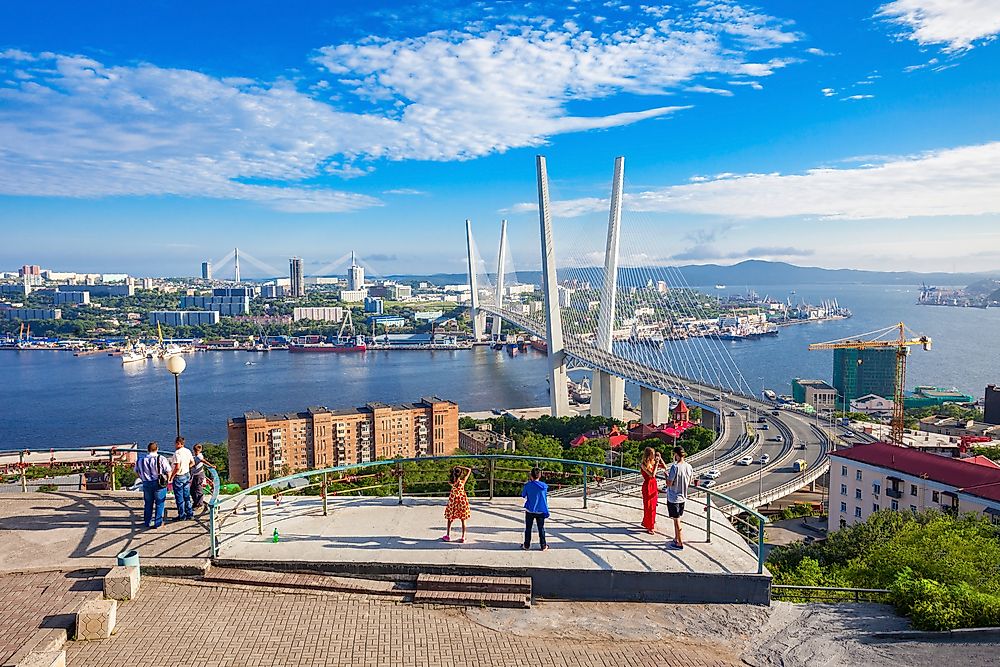
The Far Eastern Economic Region borders the Pacific Ocean. The region is made of the cities of Vladivostok, Khabarovsk, Yakutsk, and Komsomolsk-on-Amur. The region’s economic activities are lumbering, fur trapping, machine production, hunting, and fishing.
8. Northern
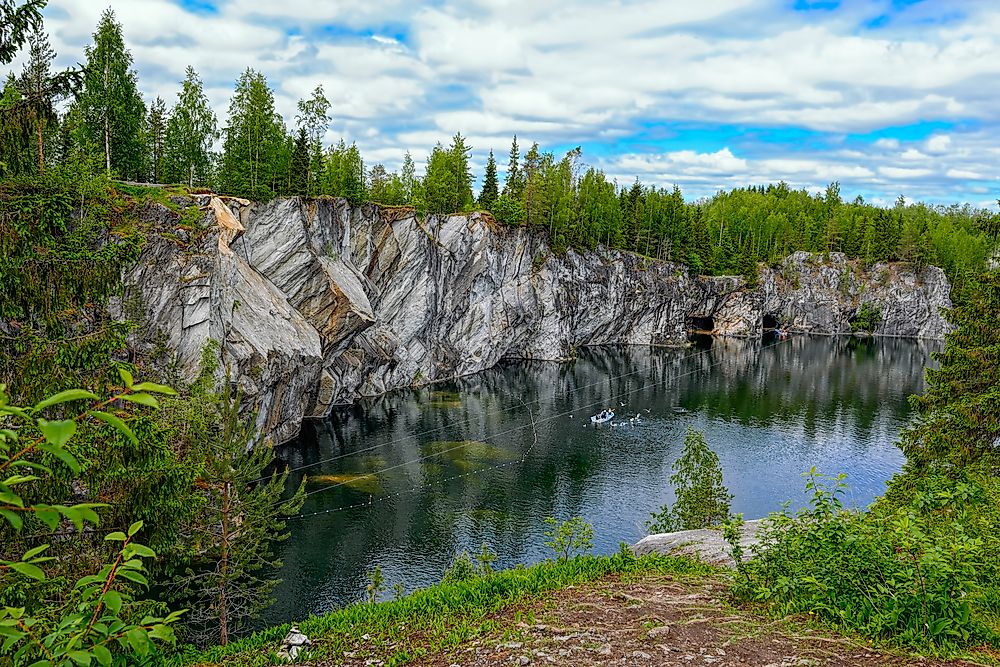
The Northern Economic Region is a partially arctic zone located in Russia. Most people in the region are either employed or own their own businesses. The employees’ wages are higher than the nation’s average wage. However, in most cases, they are unlikely to be paid their dues. The unemployment rate is about a fifth higher than Russia’s national unemployment rate. Most youths migrate from the Northern region to further their education.
7. North Caucasus
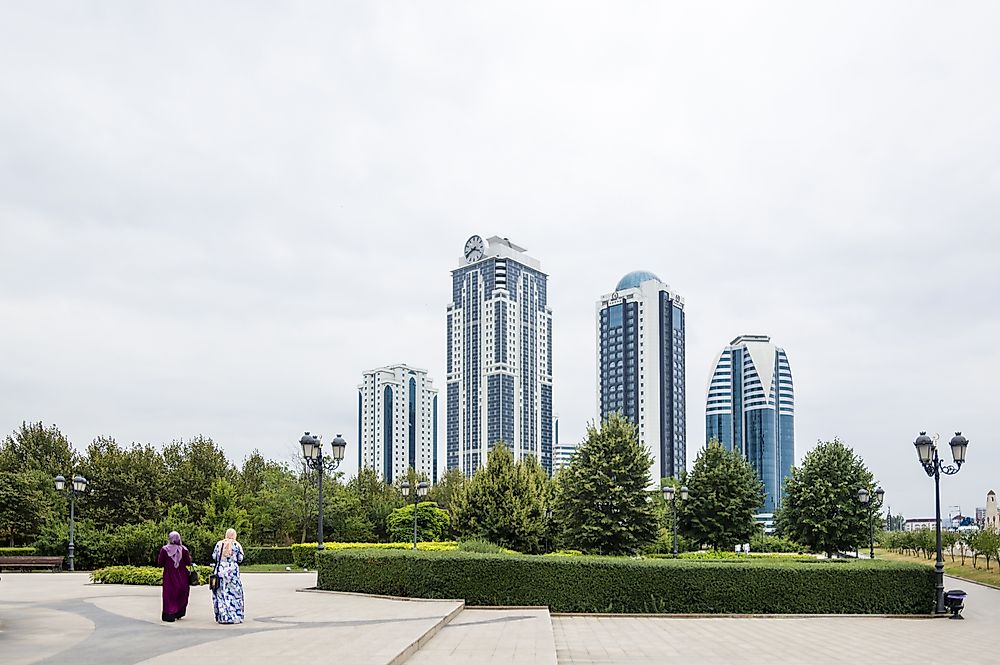
North Caucasus region is made up of the western federal subjects of the Southern Federal District and the North Caucasian Federal District. The major cities in the region are Grozny, Krasnodar, Vladikavkaz, Rostov-on-Don, and Novorossiysk. The economy of the North Caucasus is driven by the rich deposits of oil, coal, and natural gas. Surrounding Kuban River is a black-earth area which promotes farming of sugar beets, sunflower seeds, wheat, rice, and tobacco. Other rivers in the region include the Kuma, Don, Terek and Volga-Don Canal.
6. Northwestern
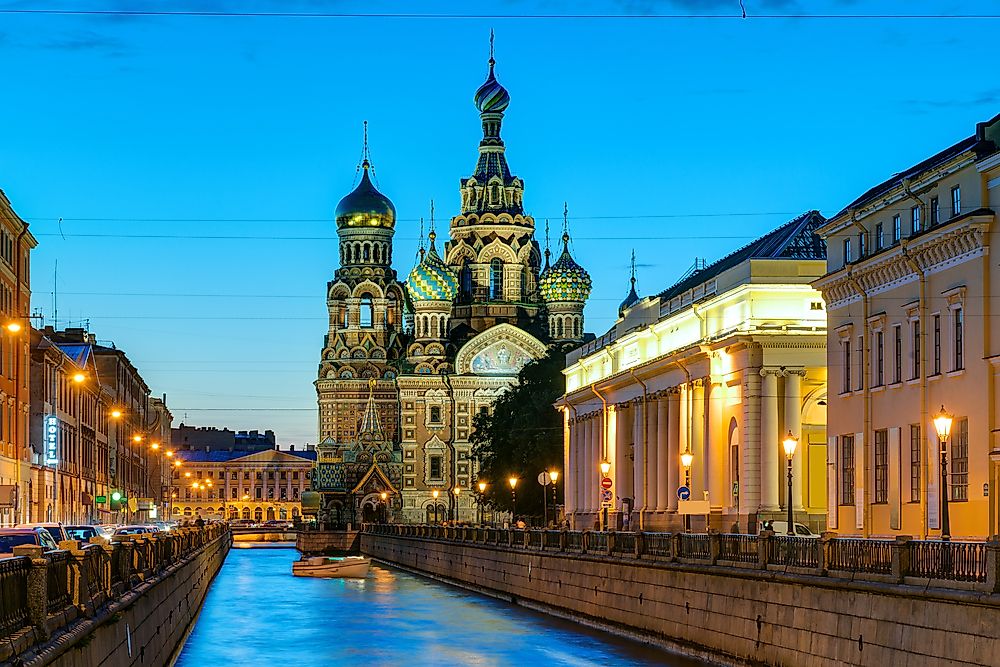
The North Western Region is composed of Leningrad Oblast, Pskov Oblast, Novgorod Oblast, and the federal city of St. Petersburg. The region accounted for 5% of Russia’s Gross Regional Product (GRP) in 2008. People who live in this area tend to have a positive outlook on life and they expect their lives to improve in the future. The economic growth of the region is also high compared to other economic regions and the nation as a whole. Most students who seek higher education find it in the North Western Region. Unfortunately, the region’s nominal incomes are lower compared to the national average.
5. Volga
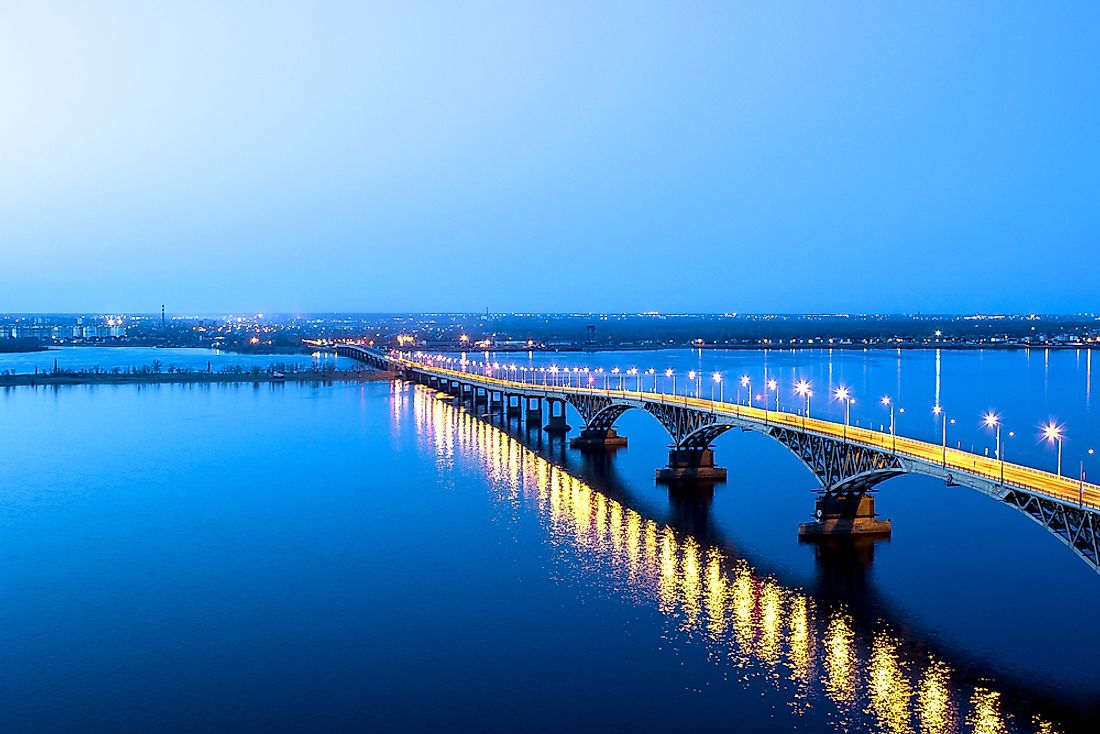
Volga Region accounted for approximately 8% of the nation’s GRP in 2008. The life expectancy of both men and women are slightly above Russia’s average. However, the region’s GDP per capita and the wage levels are way below that of the nation. Penza Oblast produces the best wheat in Russia and also produces oats, millet, cereal, vegetables, potatoes, mustard, meat, and forage crops. There are minerals such as phosphorites and natural resources in the Volga Region.
4. Urals
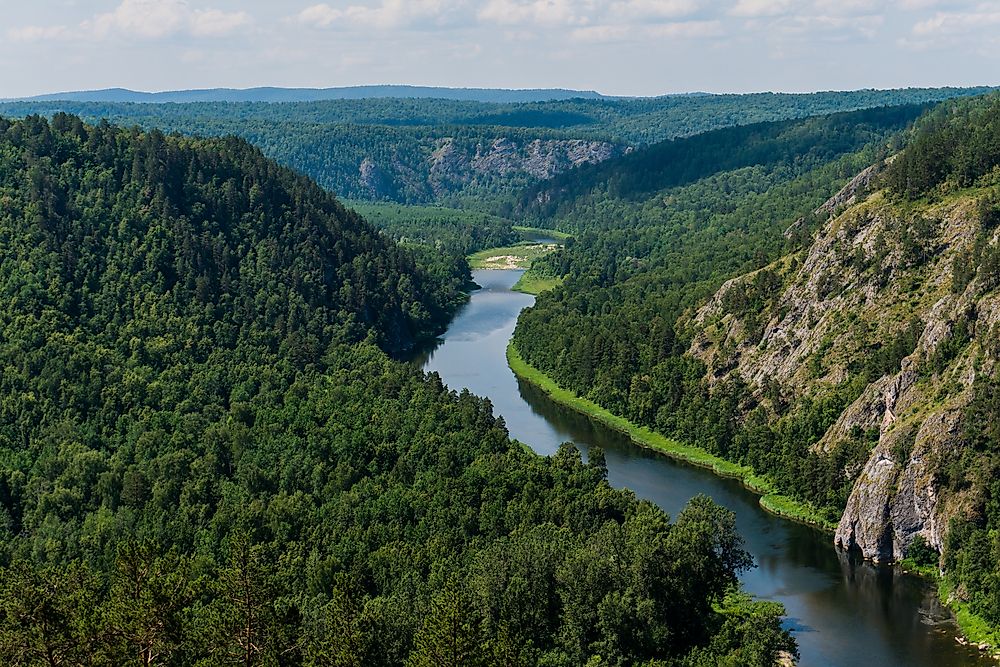
Ural Economic Region is popular for being a strong industrial region. It is divided into administrative centres such as Perm Krai, Bashkortostan, Kurgan Oblast, Sverdlovsk Oblast, and Orenburg Blast among others. The climate is temperate continental with most of region covered by the taiga forests which has timber reserves stretching out across 3.5 billion m3 of land. The region is rich in minerals and ores such as bauxite, manganese, gold, nickel oxide, and potassium salts among others. The Ural region’s economy made up 10% of the country’s GRP in 2008. It has invested heavily in the metal and machinery industries.
3. Volga-Vyatka
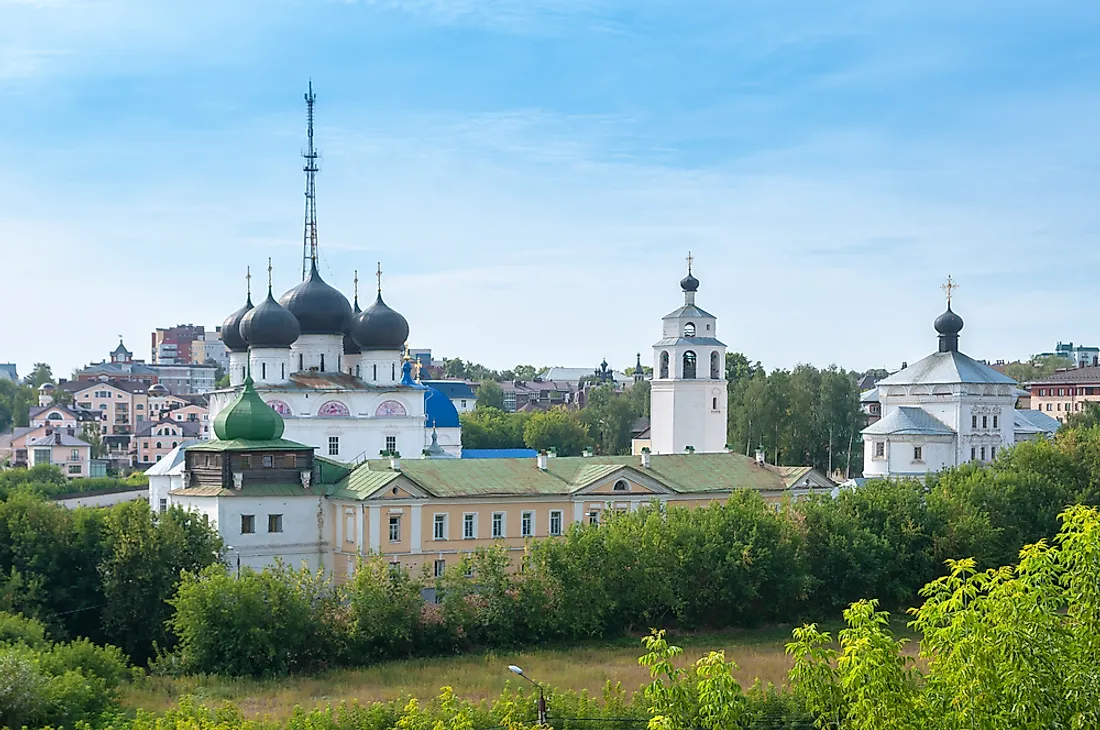
The Volga-Vyatka region accounted for only 3% of Russia’s GRP in 2008. It is composed of the Nizhny Novgorod Oblast, Kirov Oblast, Republic of Mordovia, Chuvash Republic, and Mari El Republic. The economic activities in the Volga-Vyatka region include farming of rye, oats, barley, wheat, fodder crops, and rearing dairy cattle. The region also engages in engineering, metal working, and chemical industries. The transport infrastructure is well developed thereby promoting trade between the cities and towns in the region.
2. West Siberian
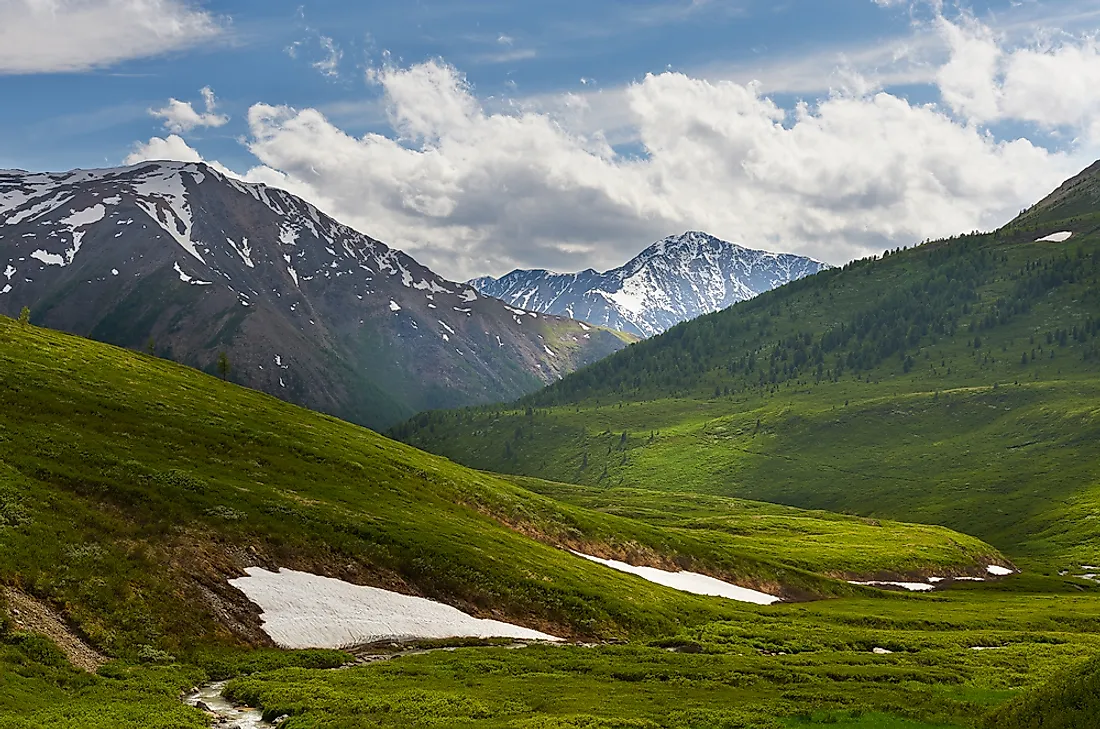
The West Siberian Region is one of the largest economic regions in Russia. It covers an area of 2,427,200 km2 with a population of 12.1 million inhabitants. The region consists of Altai Krai, Kemerovo, Omsk, Tomsk, Novosibirsk, and Tiumen’ Oblasts. The economy of the West Siberian Region is anchored on the machine building, metal-working, ferrous metallurgy, and the coal industry.
1. Kaliningrad
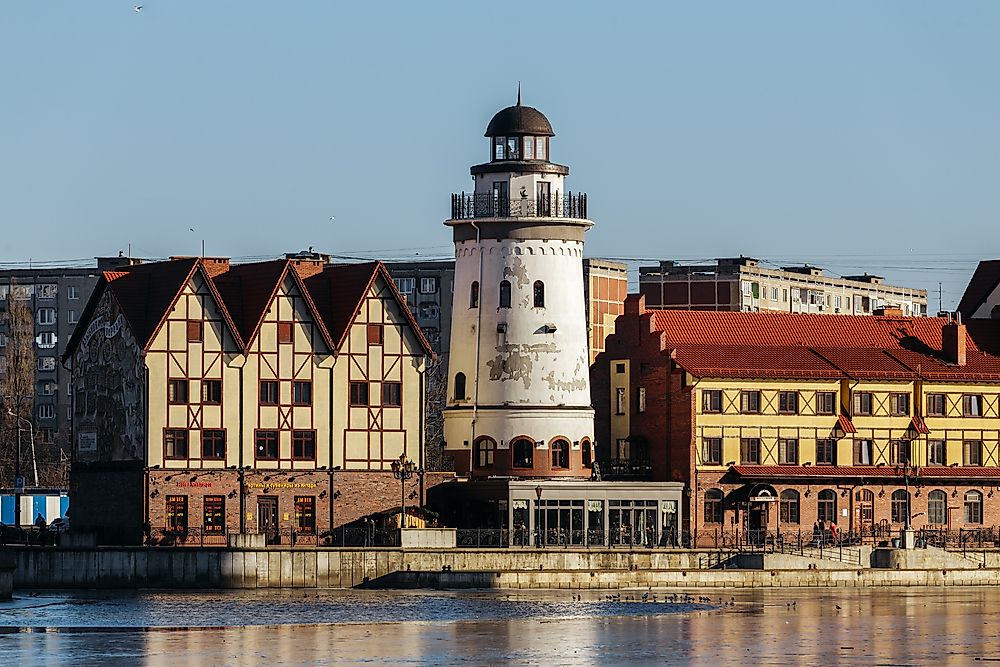
The Kaliningrad economic region consists of the Kaliningrad Oblast which covers an area of 15,100 km2. Its population is 941,873 people with 77% of them being urban dwellers, while the rest can be found living in the rural part of Kaliningrad. Kaliningrad region’s economy is based on several drivers such as tourism, automobile assembling, fishing, and food processing industries.











